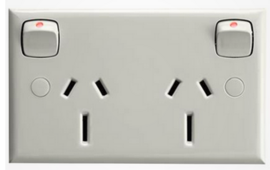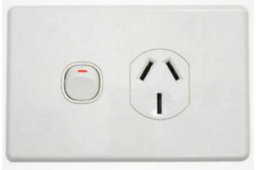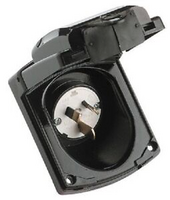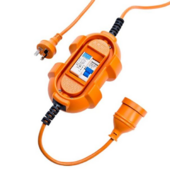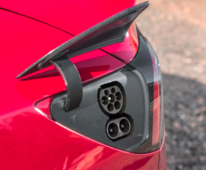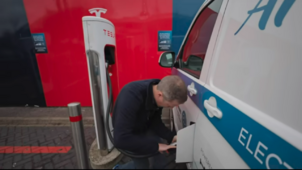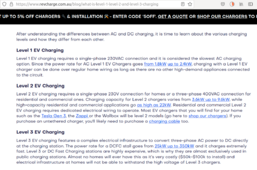Urgh- thats one of the reasons I prefer our Aussie 230v (nominal- it usually runs around 243v in most areas, up to 252v in Western Australia- its all '230v')
We have just the 230v, no mixing and matching voltages with flames coming out lol
If you have three phase into your house, its just 3 phases of 230v to the the common neutral point (3 phase at consumer level is always star point connected, delta is only ever found on the suppliers side of the system ie 11kv and up)
We use the 10A (2400w) 230v 'powerpoint (outlet) for most usage
View attachment 192985
For heavier usage (air compressors, welders and caravans (travel trailers) or motorhomes (RV) its a 15A/3600W powerpoint (some big caravans may have 2 of these on their inlet, each is electrically separate with some loads on one, some on the other)- these have a bigger earth pin, but a 10A plug can be plugged straight into a 15A powerpoint (but not vice versa)
View attachment 192986
For REALLY heavy loads, you got the 20A powerpoint (all three pins are the same size as the earth pin on a 15A powerpoint) again either a 15A or a 10A plug can be plugged straight into a 20A powerpoint, but not vice versa...
View attachment 192987
For REALLY really big loads- you use a 3 phase outlet (3x230v 32A actives, neutral and earth...)
,
View attachment 192988
View attachment 192994
Caravans use either one or two 15A inlets (just use a standard 15A exterior grade extension cord)
View attachment 192989
If you need to plug it into a normal 10A powerpoint- then you need an adapter yes (because the 15A plug doesn't fit the 10A powerpoint because of the larger earth pin)- but it is simply a 10A plug, and a 15A socket- but has a 10A circuit breaker and RCB (earth leakage breaker) in it so you don't overload the 10A outlet... (normally that would have a waterproof cover on it- but then its just an orange box lol)
View attachment 192990
Here driers just plug into a standard twin 10A powerpoint with the washing machine (just how power hungry are your US driers???) and an EV can use its 'granny charger' in any 10A or 15A powerpoint- EV charge points (7kw or 22kw) are permanently hardwired in with their own dedicated cable and circuit breaker in the fusebox... (all EVs in Australia, as in the EU, us the same connector ie the CCS2 (the Leaf used to use their own, but they have fallen into line with all the other manufacturers including Tesla)
View attachment 192991
Handy, as Tesla's can charge at any other charger without adapters, and vice versa- you just download the Tesla app and you can charge your other brand EV at a Tesla supercharger and have it direct debited straight from your account...)
View attachment 192992
Charging a VW ETransporter at a Tesla charger in the UK)




